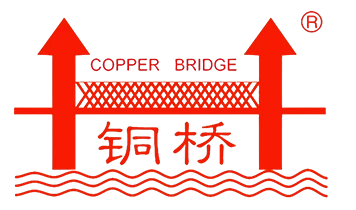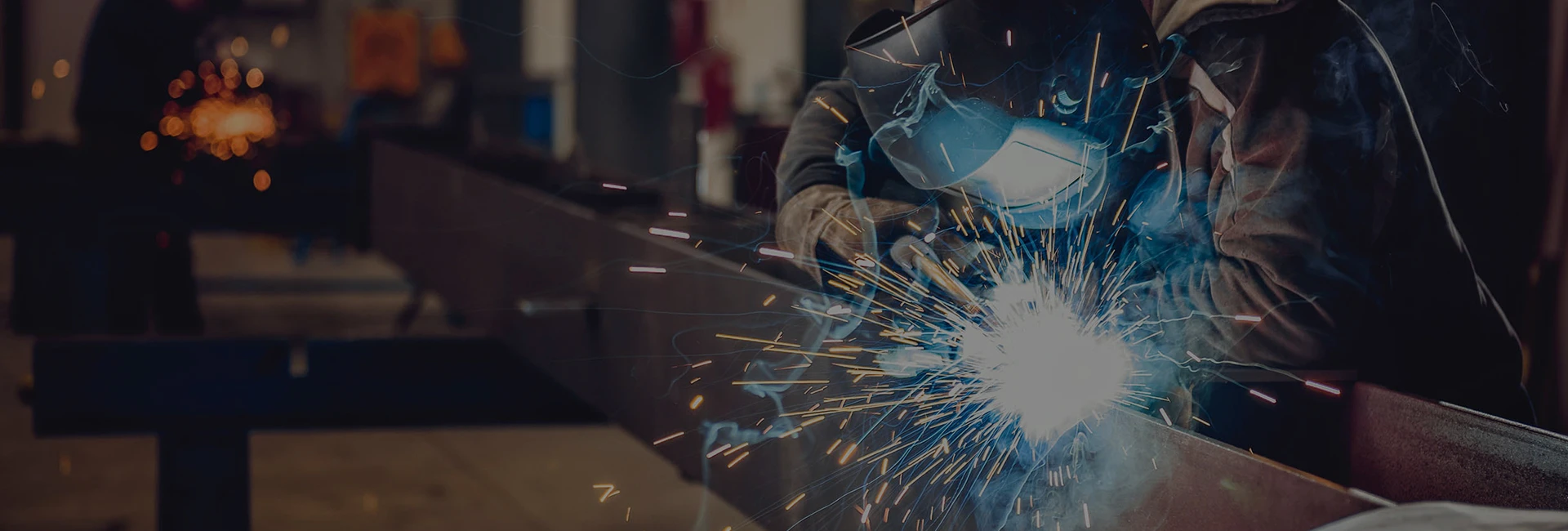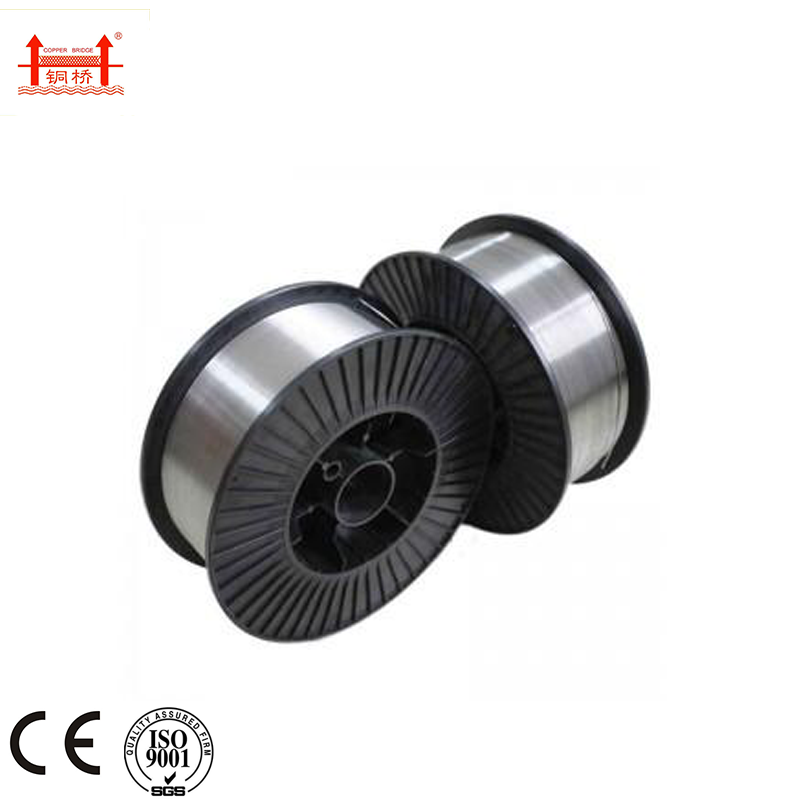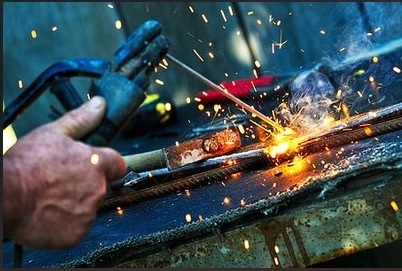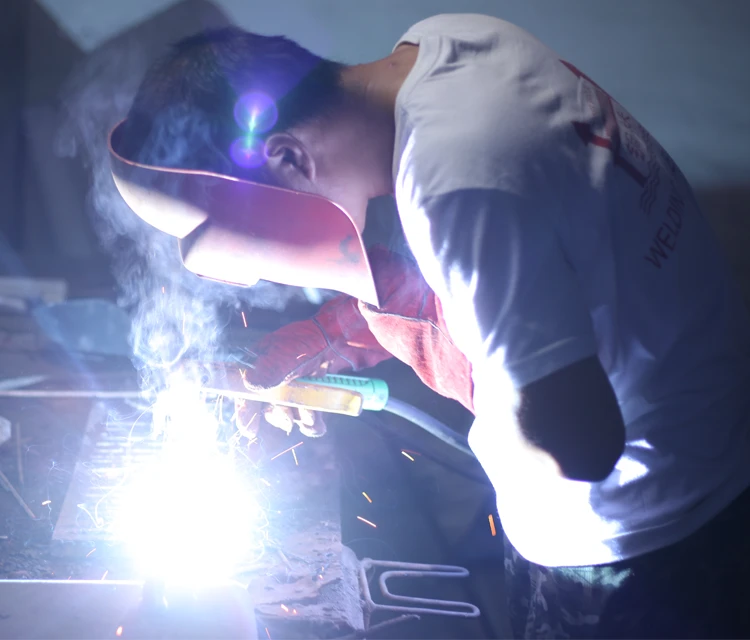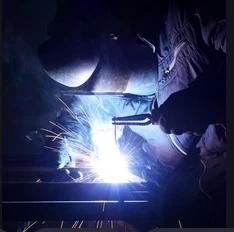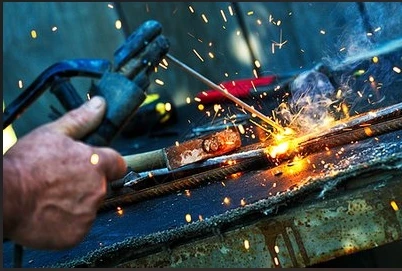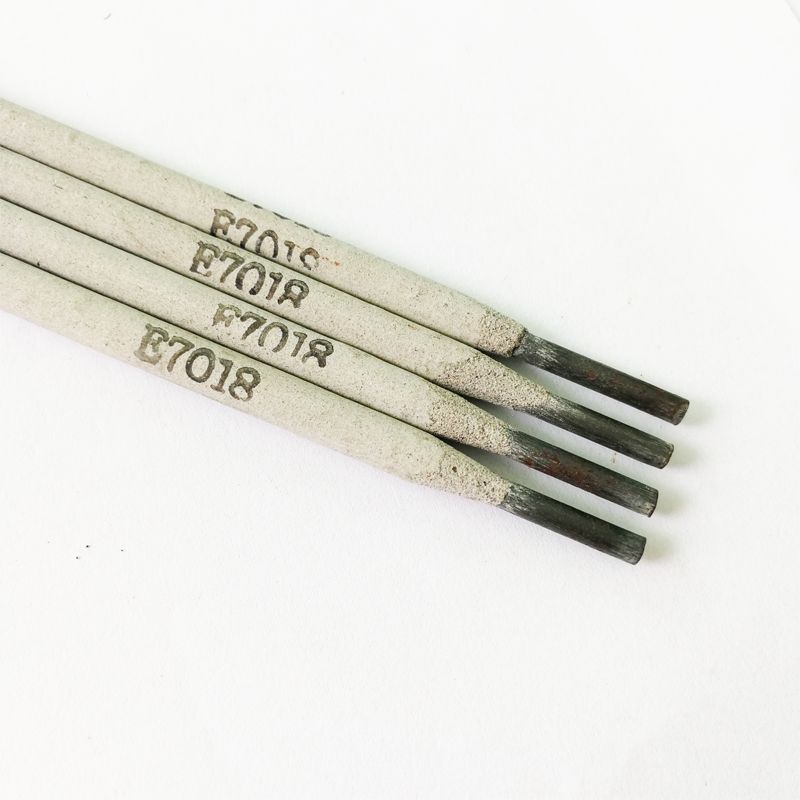Understanding the Difference Between 6011 and 7018 Welding Rods | Jinlong Welding Electrodes
Nov . 18, 2025 04:30
The Difference Between 6011 and 7018 Welding Rods: Why It Matters More Than You Think
Welding rods might not be the hot topic at your dinner party, but if you’re in manufacturing, construction, or repair work, understanding the difference between 6011 and 7018 welding rods can save you a world of headaches — not to mention money and safety concerns. Globally, steel fabrication and repair rely heavily on these rods, each serving distinct roles that influence durability, strength, and weld quality. From building bridges to fixing farm equipment, knowing when and why to pick a 6011 over a 7018 (or vice versa) is a key part of professional welding.
Plus, with rapid industrial growth and infrastructure development — especially in emerging markets — better weld quality directly links to safer, longer-lasting projects. So, cracking this difference is not just a technical exercise; it’s a practical necessity.
Global Context: Welding Rods in Industry and Infrastructure
Welding electrodes like 6011 and 7018 play a fundamental role in the global steel and construction industry, which, according to the ISO standards and World Bank infrastructure reports, accounts for trillions in investment annually. The United Nations also emphasizes sustainable infrastructure as part of its Sustainable Development Goals (SDG 9), which implies that welders need reliable tools suited to diverse environments — from ultra-hot worksites in Middle Eastern deserts to cold, damp conditions in Scandinavia.
The challenge? Selecting the right welding rod for the job is often overlooked. Using a 6011 rod where a 7018 should go (or the reverse) risks weld failure, corrosion, or rework. These costs cascade, especially in high-stakes projects like pipelines or offshore platforms. Hence, understanding this key difference between 6011 and 7018 welding rods is vital in a globally connected construction market.
Mini Takeaway: The global infrastructure push requires welders who know exactly which rod to deploy, and why the difference between 6011 and 7018 matters beyond just “stick welding.”
What Are 6011 and 7018 Welding Rods Anyway?
Let’s break it down for anyone new to welding. Both 6011 and 7018 are types of stick welding electrodes, but they have distinct coatings, current preferences, and mechanical properties. Barely sounding different, their numbers actually carry essential info:
- 6011: "60" means it has a tensile strength of approximately 60,000 psi. The "1" at the end means it can be used with AC or DC power. It uses a cellulose-based coating, producing a deep penetrating arc.
- 7018: “70” means a tensile strength of about 70,000 psi, stronger than 6011. The "8" indicates a low-hydrogen potassium iron powder coating, requiring DC power. This rod offers smooth, strong welds with less spatter.
Understanding these basics explains their connection to broader industrial needs — 6011 rods suit rusty or dirty metals requiring deep penetration; 7018 rods shine on clean, high-stress structural work needing toughness and precision.
Mini Takeaway: Welding electrodes’ numbering systems decode their strength and usage, reflecting the practical contexts they’re designed to address.
Main Differences: Core Components Affecting Welding Performance
Tensile Strength and Mechanical Properties
7018 rods typically deliver stronger welds with around 70,000 psi tensile strength — ideal for heavy load-bearing structures. In contrast, 6011 rods offer slightly less strength (about 60,000 psi) but more flexibility in welding conditions.
Coating Composition and Arc Characteristics
6011’s cellulose coating promotes a forceful arc that penetrates rust, dirt, and paint—making it perfect for field repairs. 7018, with its low-hydrogen coating, produces smoother, cleaner welds but needs well-prepared surfaces.
Current Compatibility
6011 rods are versatile, usable with both AC and DC currents, helpful in environments where power supply may vary. Meanwhile, 7018 rods are DC-only, which can limit their on-site flexibility but offers more stable arc control.
Weld Appearance and Cleanup
7018 rods provide aesthetically cleaner welds with less spatter, essential for visible or critical components. 6011 tends to create more slag and spatter — acceptable for rougher, utilitarian jobs.
Dry Storage Needs and Shelf Life
Due to their low hydrogen coating, 7018 rods require dry storage and conditioning to avoid weld cracking, which operators must carefully manage. 6011 rods are tolerant of moisture, usable in less ideal conditions but with less guaranteed strength.
| Specification | 6011 Welding Rod | 7018 Welding Rod |
|---|---|---|
| Tensile Strength | ~60,000 psi | ~70,000 psi |
| Coating Type | Cellulose sodium | Low-hydrogen potassium iron powder |
| Current Type | AC & DC | DC only (typically DC+) |
| Penetration | Deep penetration, good for dirty/painted metal | Shallow penetration, requires clean surfaces |
| Storage Requirements | Moisture tolerant | Must be kept dry to avoid hydrogen-induced cracking |
Mini Takeaway: Each rod fits a niche depending on welding conditions, desired weld strength, and surface prep. Knowing the strengths and limits of 6011 and 7018 helps you make smart choices on the fly.
Industrial Uses & Global Applications
Where do these rods get their day in the spotlight? Well, 6011 rods are the go-to for – surprisingly – fieldwork. In remote industrial zones, agricultural equipment repair, and even emergency pipeline patching, the ability of 6011 to weld dirty, rusted metal with AC or DC power is invaluable. For example, disaster relief teams in rural Mexico rely on 6011 rods to restore critical infrastructure rapidly.
Conversely, 7018 rods thrive in controlled environments like shipyards, bridges, and building frames where stronger welds and clean appearance count the most. Facilities across Europe and Asia prefer 7018 for high-stress frameworks, as its low-hydrogen coating leads to minimal cracking and superior durability.
Again, the difference between 6011 and 7018 welding rods isn't just numbers — it’s about application environments and desired weld outcomes.
Comparison of Popular Welding Rod Suppliers
| Vendor | Product Range (6011 & 7018 availability) | Price per kg | Storage Recommendations | Compliance & Certifications |
|---|---|---|---|---|
| Jinlong Welding Electrodes | Full 6011 & 7018 range | $12.50/kg | 7018 rods must be kept sealed; 6011 moderate storage | ISO 2560, AWS Certified |
| ElectroMet Supply | Wide, but limited 7018 sizes | $14.00/kg | Requires dry room for 7018 | AWS D1.1 Compliant |
| SteelPro Industries | Basic 6011 & 7018, commercial grade | $11.75/kg | Standard packaging, no special storage | ISO 9001 |
Benefits and Long-Term Value of Choosing the Right Electrode
- Cost efficiency: Using 6011 rods where deep penetration is needed avoids expensive prép work and re-welding.
- Longevity: 7018 rods create tougher welds that resist cracking and corrosion, saving money on future repairs.
- Safety: Proper welding rods reduce structural failure risk, which is a matter of life and death in critical builds.
- Social impact: Efficient welds support infrastructure growth that improves communities and creates jobs.
Frankly, when you pick the right rod, every bead lays down a promise of durability and trust—no shortcuts, just reliable strength.
Future of Welding Electrodes: Trends to Watch
Emerging trends suggest electrodes will become more environmentally friendly, with greener coatings and lower hydrogen risks without complicated preheating. Automation and digital welding controls also adjust current and feed in real-time, potentially making rods like 6011 and 7018 easier to manage for novices and veterans alike. Plus, additive manufacturing and new composite metals may one day shift welding standards altogether — but that’s for another coffee chat.
Common Challenges and How to Overcome Them
Despite their popularity, 7018 rods are finicky about storage, prone to hydrogen-induced cracking if mishandled. Many welders mitigate this by using ovens or controlled storage environments. Meanwhile, 6011’s aggressive arc might cause spatter and require thorough cleanup. The key? Adequate operator training and understanding the job environment before selecting your welding rod.
FAQ: Frequently Asked Questions About the Difference Between 6011 and 7018 Welding Rods
- Q: Can I use 7018 rods with AC current?
- A: No, 7018 rods require DC power (usually DC+). Using AC can destabilize the arc and cause weld defects.
- Q: When should I choose 6011 over 7018 rods?
- If you need deep penetration on rusty or painted metal in field conditions, 6011 rods are often your best bet due to their cellulose coating and AC/DC compatibility.
- Q: How should I store 7018 rods to avoid issues?
- 7018 rods must be kept in dry, sealed containers and sometimes stored in ovens at around 250°F to prevent moisture absorption and hydrogen embrittlement.
- Q: Can 6011 rods be used for structural welding?
- While 6011 rods offer good penetration, they typically have lower mechanical strength than 7018 rods and are not recommended for critical structural welds.
- Q: Where can I find certified 6011 and 7018 welding rods?
- Reputable vendors like Jinlong Welding Electrodes offer certified rods that meet AWS and ISO standards.
Wrapping It Up: Why Knowing the Difference Between 6011 and 7018 Welding Rods Pays Off
It might seem like just another technical detail, but the difference between 6011 and 7018 welding rods directly influences welding quality, durability, and safety worldwide. From remote repairs to high-stress infrastructure, choosing wisely can save time, money, and lives. Next time you pick up a rod, you’ll know what’s really inside — and why it matters.
Call to action: Explore our range of certified 6011 and 7018 welding rods and get expert advice at Jinlong Welding Electrodes. Your projects deserve the best foundation.
References
Related Video


